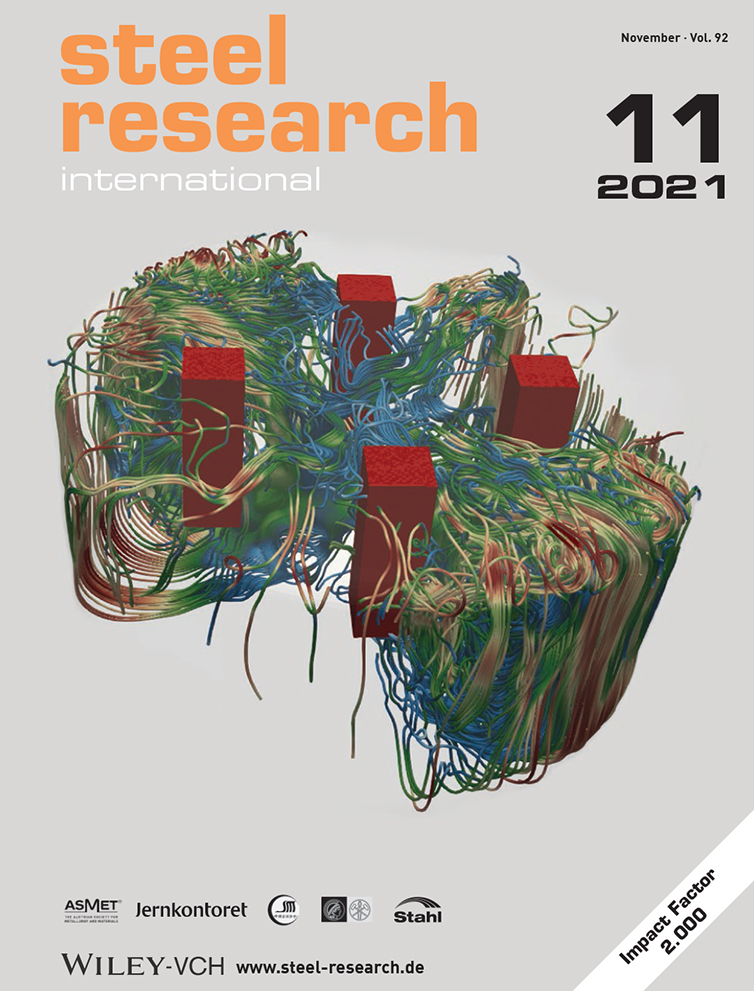Influence of Cooling Parameters on the Microstructure and Primary Carbide Precipitation in GCr15 Steel
Research data are not shared.
Abstract
With the high temperature confocal laser scanning microscope applied, the effect of cooling rate, temperature interval, and cooling mechanism on the solidification microstructure and primary carbide participation in GCr15 steel are investigated. The solute distribution in interdendritic segregation and participation carbide are analyzed by electron probe microanalysis. The results show that solute concentrate is low in the dendrite zone but it increases clearly in the segregation zone. The carbon concentration in the precipitation can reach 6.49%, which means the primary carbide is M3C. In the heating process, the segregation zone and carbide participation melt first before it reaches the solidus temperature. During the solidification stage, the microstructure is refined and the size of primary carbide is reduced with a higher cooling rate, but the number density of primary carbide is increased. Moreover, it is found that the microstructure is formed in the earlier solidification, before the temperature declines to 1673 K. While the primary carbide participates in the later cooling stage and the transition temperature for the primary carbide is 1503 K. In addition, the primary carbide size can be reduced with the cooling rate larger than 300 K min−1 in the subsequent cooling stage.
Conflict of Interest
The authors declare no conflict of interest.
Open Research
Research data are not shared.




